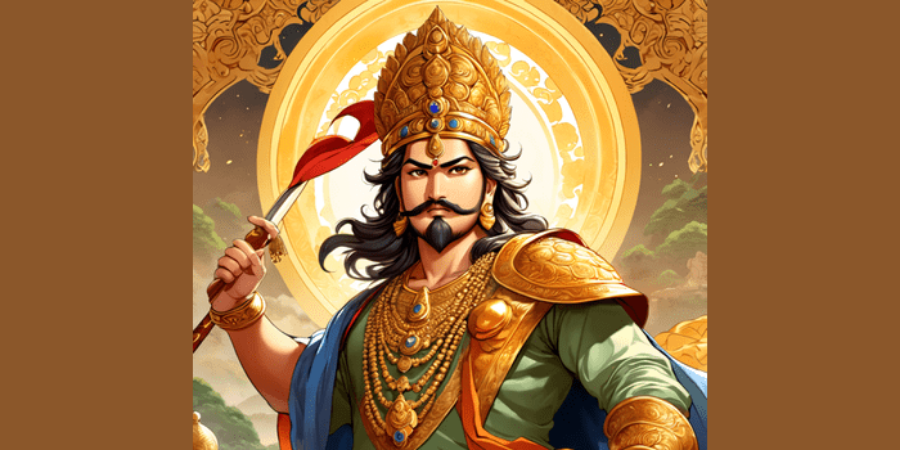

Chandragupta Maurya, the founder of the Mauryan Empire, was an influential and visionary king in ancient Indian history. Born in 340 BCE in present-day Bihar, India, Chandragupta rose to power and established one of the largest empires in the Indian subcontinent.
Chandragupta's early life is shrouded in mystery, but historical accounts suggest that he was mentored by the renowned Chanakya, also known as Kautilya or Vishnugupta, a wise and astute political strategist. Together, they devised a plan to overthrow the reigning Nanda dynasty, which ruled the Magadha region at the time.
The Mauryan Empire was forged through a series of military campaigns led by Chandragupta. His conquests included the annexation of key territories and the defeat of powerful adversaries. The most notable among these victories was the conquest of the Macedonian satrapies in the northwest, marking the end of the invasion initiated by Alexander the Great.
Chandragupta's crowning achievement was the capture of Pataliputra, the capital of the Nanda dynasty, around 321 BCE. This marked the establishment of the Mauryan Empire, with Chandragupta as its first ruler. The empire extended its influence over a vast expanse of territory, encompassing present-day India, Pakistan, Bangladesh, and parts of Afghanistan.
To govern such a vast empire, Chandragupta implemented administrative reforms. The Arthashastra, an ancient Indian treatise on statecraft and governance attributed to Chanakya, likely influenced these reforms. The Mauryan administration was organized into provinces, each governed by appointed officials who were responsible for maintaining law and order, collecting taxes, and administering justice.
Chandragupta's reign also saw the development of a sophisticated bureaucracy and an efficient spy network. The emperor maintained a strong military presence to protect the empire's borders and ensure internal stability. Trade flourished under his rule, fostering economic prosperity within the empire.
However, Chandragupta's later years are marked by a voluntary abdication of the throne. Around 298 BCE, he renounced worldly affairs and embraced the ascetic life, following the tenets of Jainism. He spent his final years in meditation and self-discipline, leaving the reins of the empire to his son, Bindusara.
Chandragupta Maurya's legacy endures as a pivotal figure in Indian history. His military prowess, administrative acumen, and contribution to the socio-economic development of the Mauryan Empire have left an indelible mark. Despite the challenges of governing a vast and diverse realm, Chandragupta's rule laid the foundation for a period of relative stability and prosperity in ancient India.
Chandragupta Maurya's life and reign are a testament to the dynamic nature of ancient Indian history.
